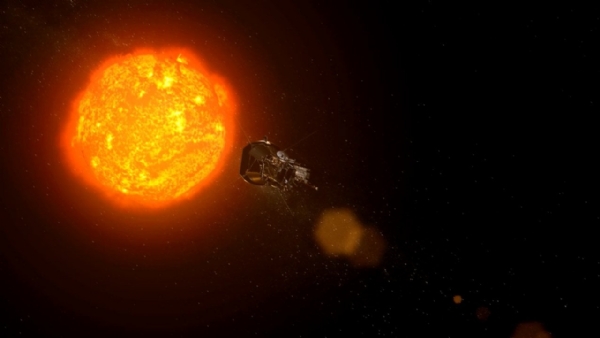Novel technique to track solar eruptions to be included in India's solar mission
Total Views |
New Delhi, Apr 1: Scientists have developed a new technique to track the huge bubbles of gas threaded with magnetic field lines that are ejected from the Sun. These solar eruptions are responsible for disrupting space weather and causing geomagnetic storms, satellite failures, and power outages. The newly discovered technique will be included in India's solar mission.

The solar ejections are technically termed Coronal Mass Ejections (CMEs) that cause various disturbances of the space environment. That is why, forecasting their arrival time is very important. However, forecasting accuracy is hindered by limited CME observations in interplanetary space. The software named Computer Aided CME Tracking Software (CACTus), that is based on a computer vision algorithm, was so far used to detect and characterize such eruptions automatically in the outer corona where these eruptions cease to show accelerations and propagate with a nearly constant speed.
However, the CACTus algorithm could not be applied to the inner corona observations due to the vast acceleration experienced by these eruptions, which severely limited the capability to track the eruptions as CMEs accelerate in the lower corona. Moreover, with the advancement in space technology, there has been a tremendous increase in the amount of data obtained from spacecraft. To identify and track the solar eruptions in huge number of images can become tedious if done manually.
Ritesh Patel, Dr. Vaibhav Pant, and Prof. Dipankar Banerjee from Aryabhatta Research Institute of observational sciences (ARIES), Nainital, led the research, along with their collaborators from Royal Observatory of Belgium, and have led to the development of an algorithm called the CMEs Identification in Inner Solar Corona (CIISCO), to detect and track the accelerating solar eruption in lower corona.
Aditya-L1 is India’s first solar mission and will be observing the region of solar corona. Thus, implementation of CIISCO on the Aditya-L1 data will provide new insight into the CME properties in the less explored region.